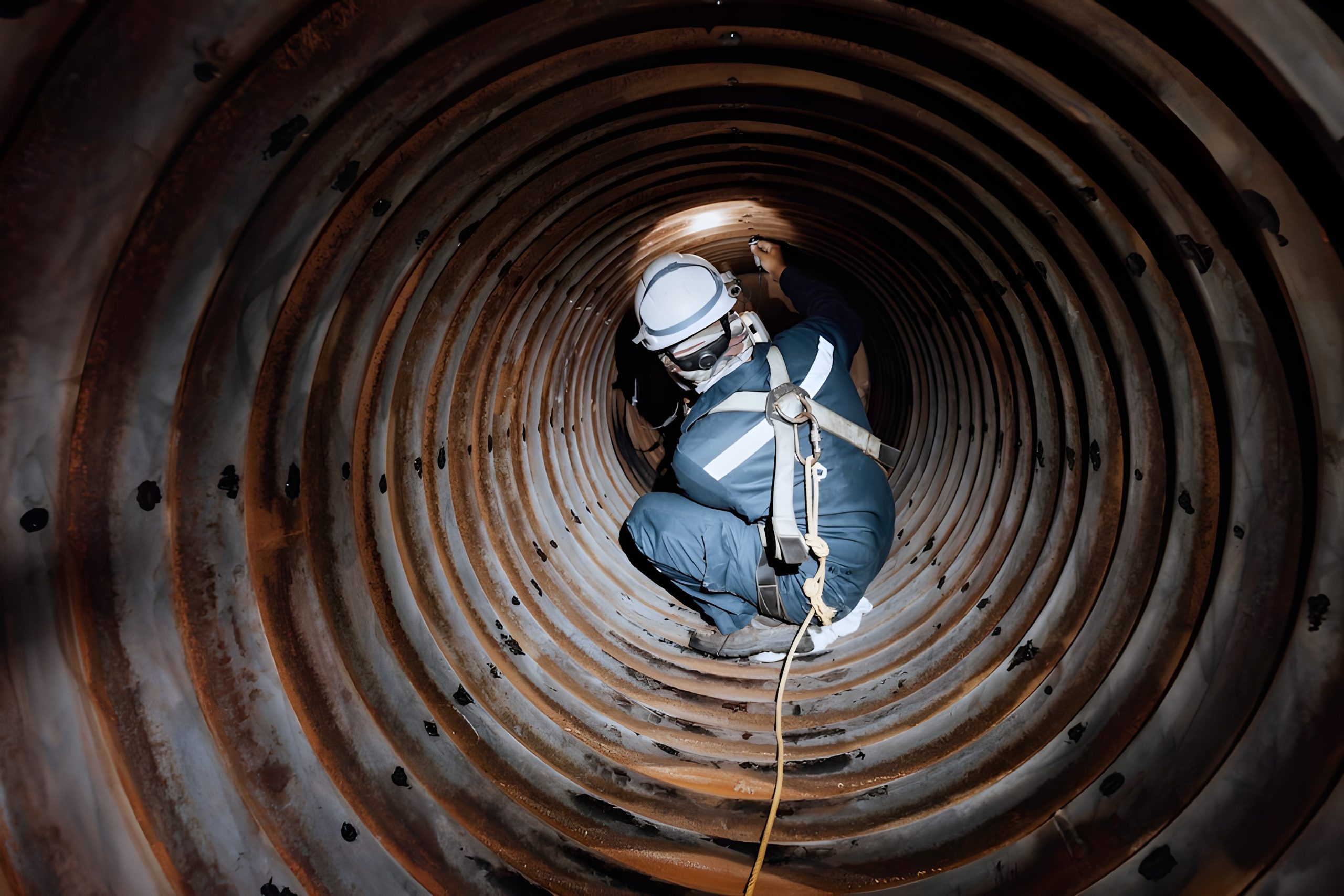6 Key Differences Between Standard Safety Courses and Confined Space Training

Safety courses—essential for everyone, right? Well, yes. But when it comes to confined space training, we’re entering a different ball game. You might ask, “Why? Isn’t safety… well, just safety?” Not exactly. There’s a vast difference between what a general safety course covers and the nitty-gritty of confined space training. Let’s dive deep into those differences.
1. Definition and Basics
What is Standard Safety Training?
Every worker has the right to a safe environment. Standard safety training ensures everyone knows the basics of workplace safety and risk management. It’s the foundation—a broad look at keeping hazards at bay, ensuring the well-being of all.
What is Confined Space Training?
Now, here’s where things get specialized. Confined space training is all about those tight spaces where specific hazards lurk—areas with limited access, maybe even questionable air quality. It’s a niche area of safety training and one not to be taken lightly.
2. Key Differences
Scope and Focus
Standard safety courses aim to create a general awareness. They address various potential hazards in a workplace—from fire safety to first aid. On the other hand, confined space training zeroes in on the unique challenges and risks associated with tight and confined environments. The threats here range from oxygen deprivation to exposure to harmful gases.
Legal and Regulatory Requirements
Every region has its regulations, but what’s noteworthy here is the distinction between general safety and confined spaces. While the former encompasses a broader spectrum of safety standards, the latter has rigorous standards centered around confined environments.
Practical Applications and Scenarios
Consider this: in standard safety protocols, there might be a segment on evacuation during emergencies. But in confined space training, the focus might shift to specifics, such as air monitoring or evacuation from a confined tunnel. The scenarios, while rooted in safety, are tailored to the environment.
Equipment Used
Safety goggles, helmets, and gloves might be the staple for general safety. But for confined spaces? Think breathing apparatus, gas detectors, and even tripods and winches to aid in extraction. The gear is as specialized as the training itself.
Duration and Intensity of Training
While a general safety course can be brief and overarching, confined space training is detailed and intensive. The stakes are higher, the risks more pronounced, and therefore, the need for thorough training is paramount.
The Need for Refreshers and Recertification
Continuous learning is essential in any field. In safety, it’s not just about learning but staying updated. While both standard safety courses and confined space training demand periodic refresher courses, the latter often requires more frequent checks and updates due to the ever-evolving nature of risks involved.
3. Recognizing the Differences
With the differences laid out, it becomes crystal clear why recognizing them is so crucial. Professionals and businesses need to ensure they’re getting the right training. A square peg won’t fit into a round hole, just as general safety training won’t suffice for those regularly operating in confined spaces. Getting the right training isn’t just a matter of compliance—it’s a matter of life and safety.
Conclusion
In the sphere of safety, knowledge is more than power—it’s a lifeline. As we navigate the world of workplace safety, understanding the differences between standard safety courses and confined space training becomes pivotal. For those in Brendale seeking specialized training, Vertical Horizonz stands out as a beacon. As a leading training institute in Brendale, they don’t just offer courses; they offer on-site training tailored to meet the specific needs of their trainees.
FAQs
How long is the confined space training course at Vertical Horizonz?
COURSE DURATION: 1 Day
What’s the cost of the training?
COST: $230 per person
Which competencies does the course cover?
UNITS OF COMPETENCY:
- RIIWHS202E Enter and Work in Confined Spaces
- MSMPER205 Enter a Confined Space
- MSMPER200 Work in accordance with an issued permit.
Remember, safety isn’t just about being aware—it’s about being prepared. And with the right training, that preparation is well within reach.
-
6 Career Advancements Enabled by Completing a White Card Training Course
November 06, 2023
-
7 Career Opportunities Unlocked by a Working at Heights Certification
October 24, 2023
-
7 High-Paying Jobs You Can Get with a GWO Training Certification
October 20, 2023
-
Top 7 Career Advancements After Completing a High Pressure Water Jetting Course
October 18, 2023
-
5 Essential Techniques Taught in High Pressure Water Jetting Courses
October 18, 2023
-
7 Career Opportunities after Completing Vacuum Loading Training
October 17, 2023







